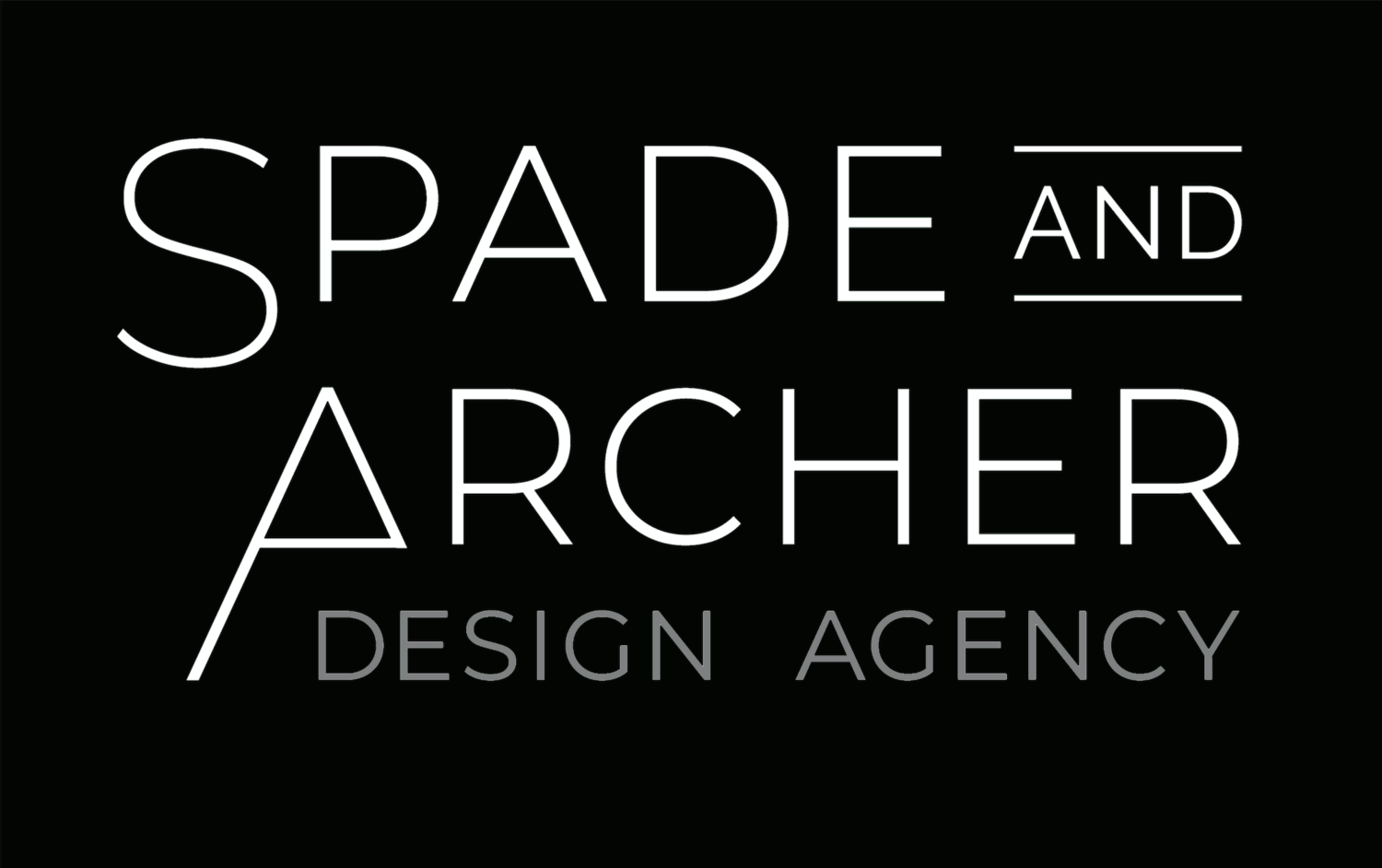With the warmer months in full swing, potential buyers are more likely to visit homes in person, so creating an inviting environment that feels fresh and cool is key to standing out. In this post, you can include the following tips:
Maximize Natural Light: Open those windows and let the sunshine in! Buyers love homes that feel light and airy, so remove heavy curtains and keep window treatments light and breezy. You can also suggest using mirrors to reflect light into darker corners.
Use Light, Airy Colors: Neutral tones and soft pastel shades can make a space feel cooler and more refreshing. Focus on light whites, soft blues, and light greys, particularly for walls and larger furniture pieces.
Curb Appeal Matters More Than Ever: Summer is the season when curb appeal shines! Make sure the front yard is lush, green, and welcoming. A few potted plants, a freshly mowed lawn, and a polished mailbox can make a world of difference.
Play with Outdoor Spaces: Highlight outdoor living areas with cozy furniture, decorative pillows, and a pop of color in potted plants. This gives the buyer a vision of enjoying warm summer evenings outdoors.
Fresh, Seasonal Accents: Bring in fresh flowers, fruit bowls, or summery accessories like coastal-themed throw pillows or wicker baskets to keep things seasonally relevant without overwhelming the space.
Avoid Overcrowding: Less is more in the summer, especially when you want to create a relaxed and cool vibe. Keep furniture arrangements open to allow for easy movement, and don't overcrowd spaces with decor.
Keep It Cool with Fans or Air Conditioning: Ensure that the home feels cool during showings. If you can, add a few strategically placed fans or make sure the air conditioning is running before a showing. A comfortable environment helps buyers feel more at ease.
End the post with a call-to-action to book a staging consultation for summer, inviting readers to work with your company to get their home ready for the season’s market. This would be a practical and timely post that taps into current needs!






